All about harvesting carrots
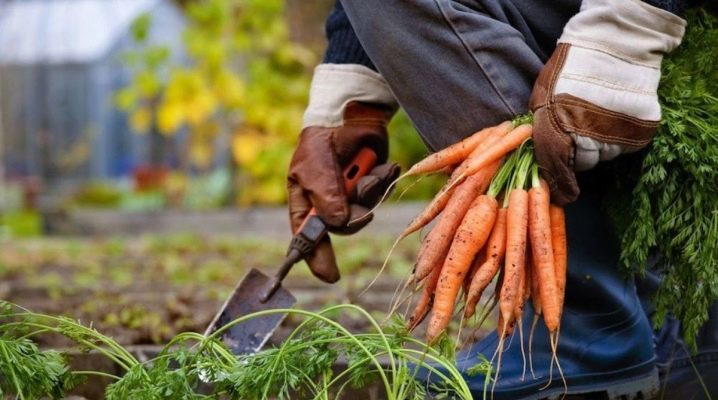
What can be difficult in growing carrots - the vegetable is undemanding, viable and growing without shelter. But it turns out that there is no perfection in this matter, and some aspects of cultivation, it happens, people do not work out for years. But in order for the carrot to be tasty, beautiful, ready for long-term storage, all recommendations have to be taken into account. Including tips for harvesting vegetables. And there are many of them.
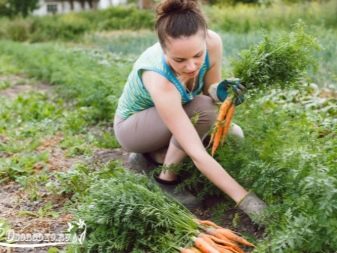
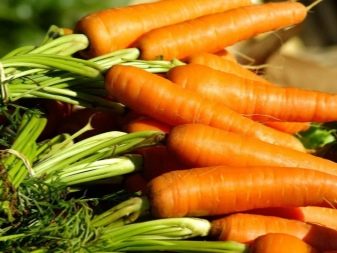
Signs of maturity
It seems that the easiest way to determine the readiness of a root vegetable is to examine it. The yellowed, dried, lower leaves lying on the ground are considered a sure sign of carrot ripeness. A withering and yellowing center is already a plant disease, not readiness.
If, according to varietal characteristics, the root crop has become of the declared color and size, if its taste also corresponds to the characteristics, then it is time to harvest... But if white roots are noticeable on the plant, the carrots hit growth again. Dig up the carrots immediately.
It is usually easier to determine the maturity of mid-season varieties: such a plant is stored longer. For regions where the warm season is short, this is the best option. Late varieties are grown, also relying on shelf life - if they are removed correctly, they will last until spring.
By the way, it is more convenient to organize an alternation of varieties in the garden so that the crop can be harvested for several months.

So, a guideline for harvesting carrots:
-
growing season on a package with seeds - be sure to watch;
-
fixing the moment of emergence - remember and calculate the collection time;
-
fruit size estimation - the package with seeds should contain such information;
-
assessment of the condition of carrots - detection of the same white roots indicates the risk of overgrowth, it's time to clean up.
And, of course, the yellowed and drooping tops in the lower part are an argument for the early harvest.
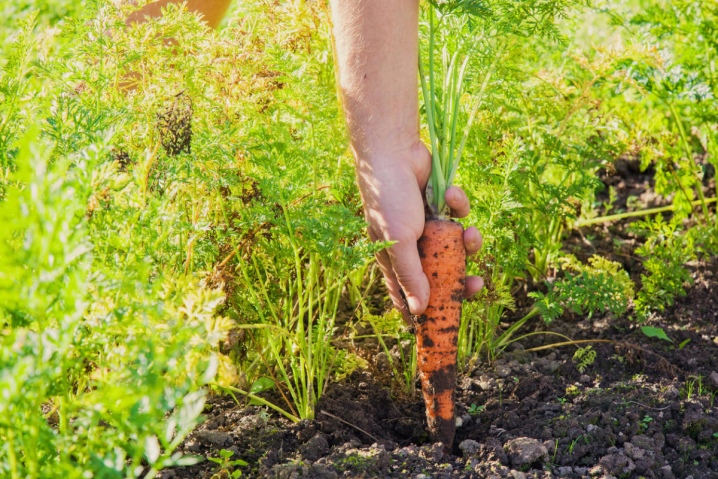
Harvesting time, taking into account the variety
It is worth talking about this in more detail: perhaps it is time to dig up carrots in one part of the garden, but it is still too early where another variety grows. In some cases (eg farming, small-scale sales), such uninterrupted cultivation is very beneficial.
Early varieties need to be harvested 55-60 days after planting. But early carrots, by the way, will never have a bright taste. This does not mean that it is completely dull in taste, but it still cannot be compared with varieties of medium and late ripening. Collecting carrots - almost always at the end of summer, in the first days of autumn.

With mid-season varieties, it is different - after 80-100 days from the moment the first sprouts hatch, you can harvest. And this falls on September. In central Russia, such varieties are usually cultivated. In terms of taste, they are good, the collection time is traditional for many gardeners, as usual.
Late carrots are expected to be harvested in 100+ days. Such varieties remain fresh as long as possible, carrots are tasty, sweet, juicy. The harvest takes place in October, and therefore it is impossible to grow it in the northern regions (well, or very difficult).
And to make the carrots even sweeter, they are sometimes poured with salt water, spreading a glass of salt in a bucket of water. Watering, moreover, stimulates growth well.

Influence of climate and region
Of course, a climate reference is a must. For example, if it is wet, there will be less watering and less fertilizing. And if it is dry, the frequency of watering, on the contrary, is increased, and the soil for carrots will need more mineral fertilizers.
Examples of harvesting carrots in different regions.
-
In outskirts of Moscow carrots are traditionally planted on May holidays - in the first days of May, in fact, the weather is usually right. If not with seeds, but with seedlings, you can plant it in mid-May. Mid-season varieties will yield at the end of August (final harvest), late ones - at the beginning of autumn.
-
In the Urals, where the summer is very short, and there is little heat in it, early planting is not carried out. Frosts can break out even in summer. Carrots are planted in the last weeks of May so that they are harvested in August.
-
In Siberia carrots are grown, but taking into account the short summer and long winter. Any kind of culture is planted, but seedlings.
-
In the Leningrad region prefer early varieties, carrots grow quickly, and they manage to harvest them before frost. If it is decided to plant late and mid-season varieties, then seedlings.
-
In central Russia you can plant varieties that will ripen for 100 days or more. There are more opportunities here, and therefore a combination of varieties is permissible.
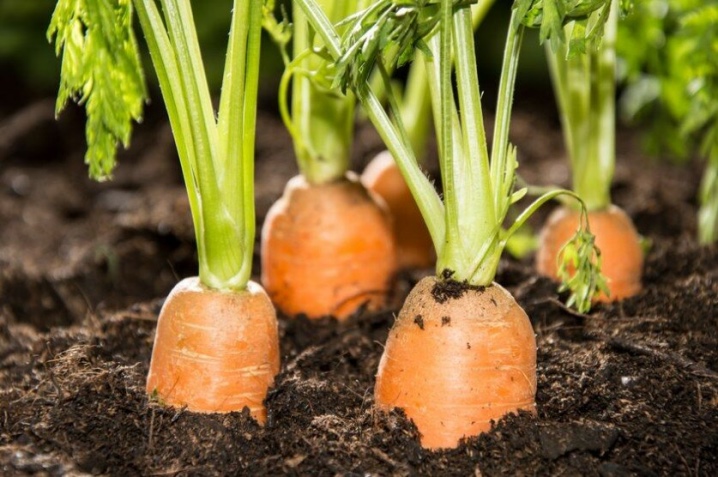
If the gardener is a beginner, all agrotechnical work must be recorded - when was the planting, how much was fed, how it grew, the features of ripening from planting to harvest should be noted, the harvest should be predicted, and much more.
If the culture grows, represented by different varieties, while one variety is harvested and sent for storage, the other is still ripening or ripening, this difference can also be recorded. To evaluate experience, plan plantings for the next year.
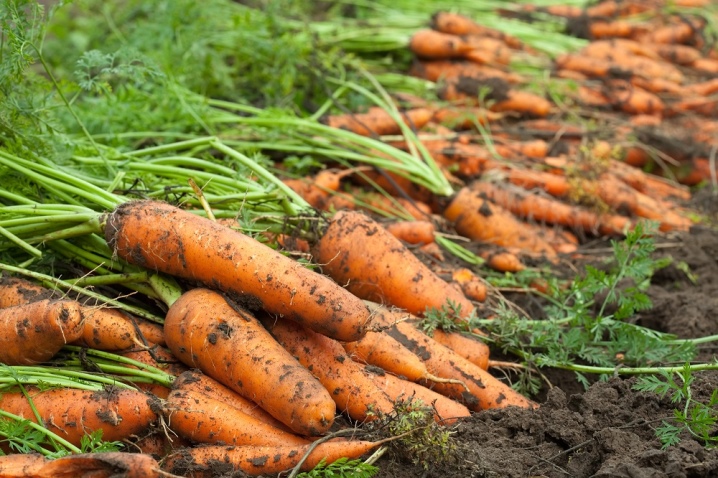
Lunar cleaning
Not all breeders follow the calendar recommendations, but most still listen to them. You just need to make sure that the year is relevant. For example, in 2021, favorable days in July are 23-27, in August - 1-7 and 23-30, and the best time to pick carrots in September is the first 7 days of the month and the last 7 days. In October, collecting is prescribed from 1 to 5, from 21 to 31.
When to harvest: July 5 and 20, August 9 and 19, September 8 and 17, and October 16 and 30. Regardless of the date and month, as well as the lunar "patronage", the collection rules do not change.

How to clean properly?
If the fruit is damaged during digging, it can no longer be stored - this is rule number 1. Carrots can be consumed in the next few hours or thrown out if the damage is significant.
Features of picking carrots.
-
It is better if the day is dry and clear. It is even better if there was no rain a week before the harvest (or it was barely drizzling).
-
All weeds from the garden must be removed, so the carrots will be better seen... And the cleanliness of the digging will be optimal, but with preserved weeds, you can accidentally damage the fruits.
-
The softness of the soil is taken into account. Loose earth involves delicate pulling of 1-2 fruits at once, no more. It is not necessary to shake off the soil, and this is often done - they hit the carrot with a carrot, which can cause cracks and other deformations of the fruit.
-
You just have to spread out what was dug out in the garden, give it a couple of hours to dry.... Then the dried sand is removed by hand (it is better to work with gloves).
-
Forks are used if the ground is hard. If it doesn't work out just to pull the carrot by the tail, it is better to dig out the ground with a pitchfork, keeping a distance of 10 centimeters. And this method is good if the fruits are long and firmly held in the ground.
-
It is not necessary to unscrew the tops, as the top is easily damaged... It should be cut (only with a sharp knife), taking a distance of 3 cm from the beginning of the greenery. If you remove part of the fruit, it will spoil faster. And if the petioles are more than 1 cm, by the spring they will grow.
-
You can't throw carrots, you can't pour them in either - this will damage the surface more. All work is done delicately, by hand, the carrots do not remain on the ground / in the ground for several days.
-
Lumps of earth from carrots are also removed by hand... You cannot do this with a knife, the skin of the fetus is injured.
-
The harvested crop must be sorted: first, damaged specimens are selected, as well as fruits with cracks, signs of decay.To store for a long time, you need to select large and dense fruits, without visible damage. Small carrots are also set aside and eaten first.
-
Before sending a batch of carrots for storage, for 5 hours, the collected carrots first go to a dark and dry place, always with good ventilation... The carrots will cool down well during these hours, and then they perfectly adapt to the conditions of the cellar, basement.
-
The place where the carrots will lie for a long time should be with a temperature of about 4 degrees, with a humidity of about 80% (slightly less, but not more) and dark. You can store the fruits in boxes, wooden and plastic.
-
If you are late, dig up the carrots out of time, the plant will quickly seize frost, which will lead to cracks. A healthy, mature plant, harvested in time, will not "take" frost.
-
And also there is no point in sending small fruits for wintering.... They just can't stand it. They are eaten first, added to marinades when canning, crushed and dried.
-
Carrots that were dug out in the rain from damp earth will not lie.
-
It is necessary to monitor the condition of the harvested crop at the storage place every month. The humidity or temperature levels may need to be adjusted.
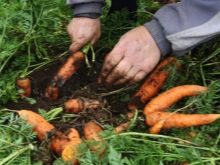
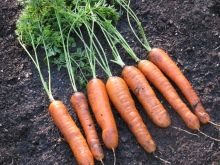
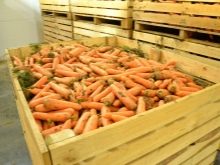
After picking, carrots can be stored in bags, but at home you cannot store a large amount of vegetables. The maximum is to take as much as it is used in 2-3 weeks, not more.
Typical mistakes during harvesting of carrots are insufficient drying, completely cut off the tops, lack or incorrect sorting, ignoring the necessary five-day cooling of the fruit, lack of alternating storage methods. By the way, not everyone observes the last point. Fungi can grow in storage containers, for example. In any case, they certainly need to be disinfected before and after use.
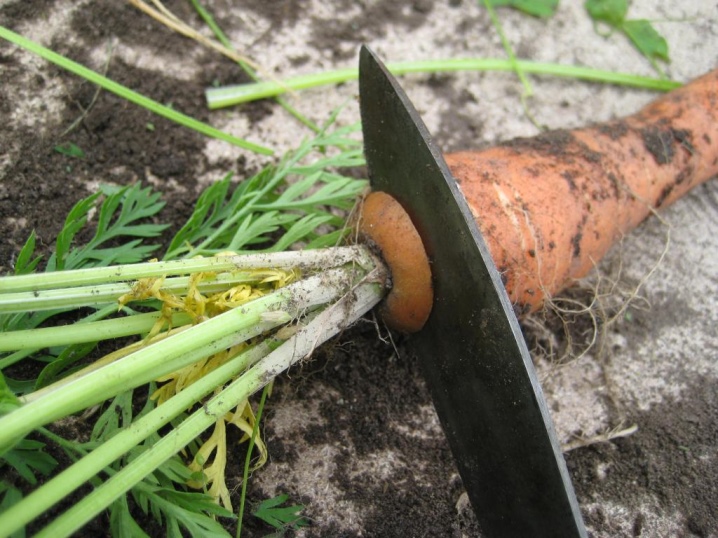
Another common mistake is that the harvested carrots are sent to be stored along with the potatoes.... You cannot do this, because the tubers can injure the thin skin of the carrot.
That's all the simple rules. If everything is done according to them, the carrots will calmly survive the winter and early spring. And to provide yourself with this fruit even longer, a few things can be chopped and / or cut, put into bags or containers and sent to the freezer.
Successful collection and long-term storage!
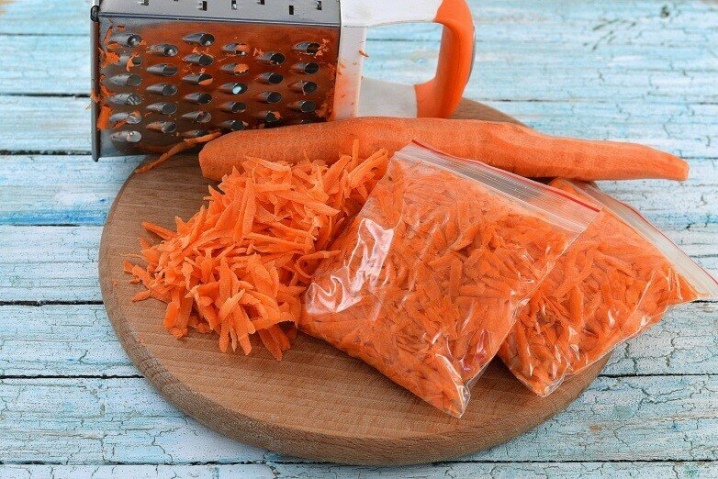









The comment was sent successfully.